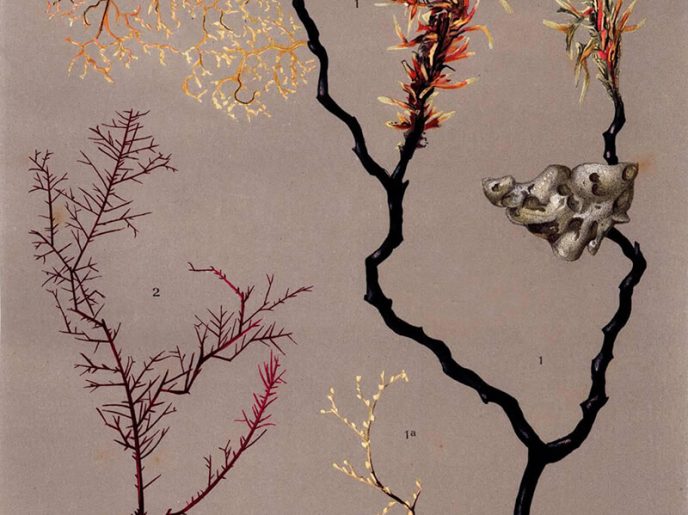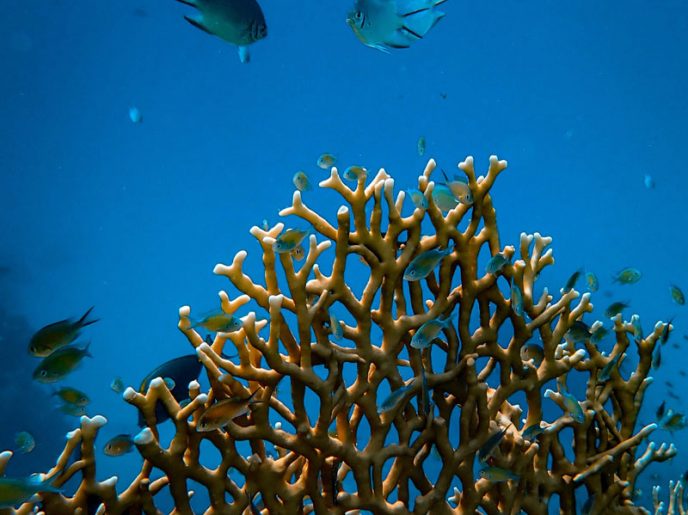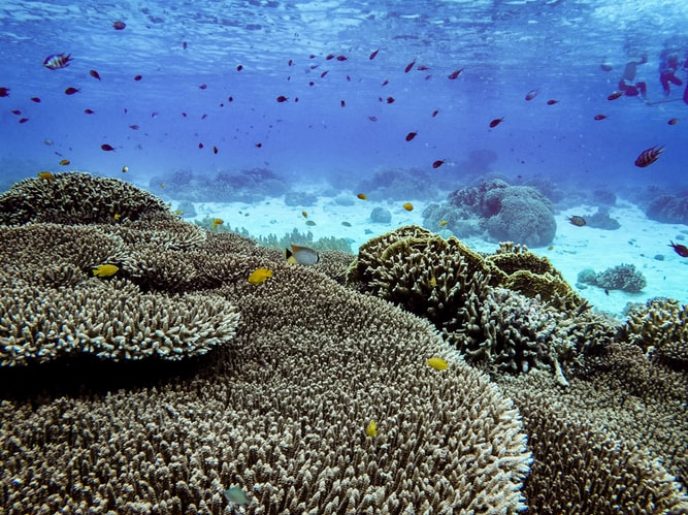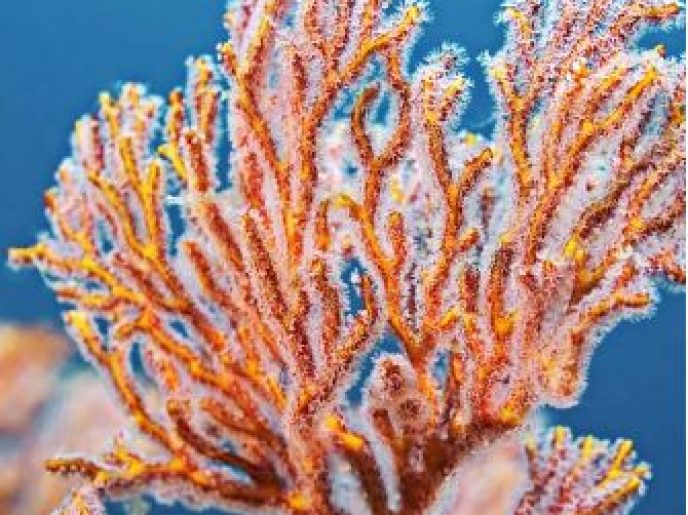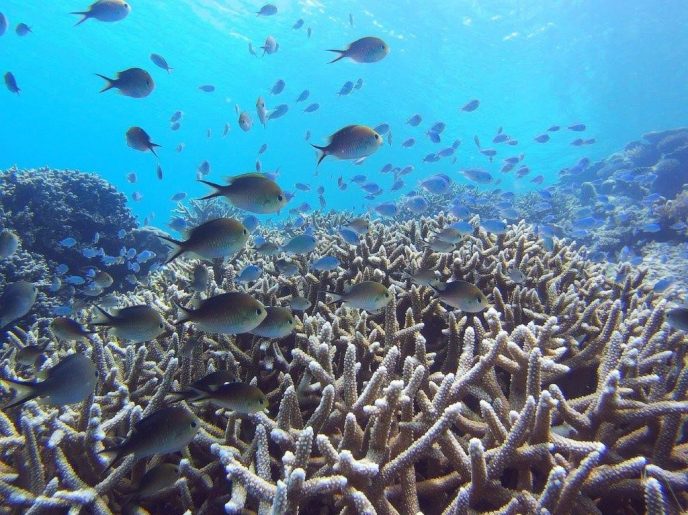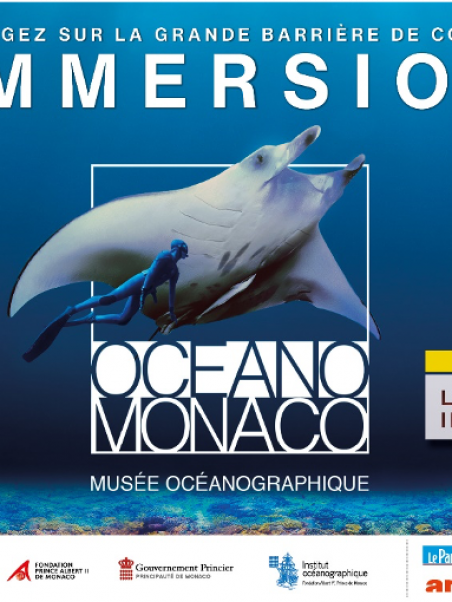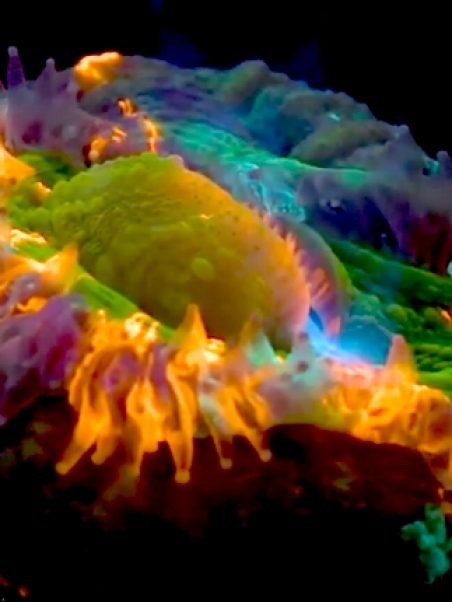Corals
Treasures of the Ocean
- Home
- Intervenants-FDM
- The coral
True jewels of the ocean, essential to marine life, coral reefs are at the crossroads of the fight for the ocean, the climate and biodiversity.
Summary
What is coral?
Corals are small, mini-anemone-like animals called polyps, which can form colonies. Together these polyps form a common skeleton.
Corals are classified in the large family of stinging animals, the Cnidaria.
Coral reefs are made up of a multitude of coral species which together form an ecosystem, i.e. a very specific natural environment made up of different plants and animals.
Coral reefs serve as refuges, food reserves and nurseries for their many inhabitants: from the smallest algae to numerous fish and invertebrates, but also to sea turtles and sharks.
Coral: plant or animal?
For several centuries, the nature of this strange organism, resembling small flowering trees attached to rocks at the bottom of the sea, was the subject of much debate by naturalists.
Corals are actually small animals, called polyps, shaped like mini sea anemones that can form colonies. Together these polyps form a common skeleton.
The first observations were made in the Mediterranean, by Pliny the Elder (1st century AD) on red coral (the one from which jewellery is made). Once brought to the surface, the coral would quickly die. Thus, it was considered a sea plant that turned into stone when taken out of the water. It was not until the middle of the 18th century that it was recognized as an animal that was classified in the large family of stinging animals, the Cnidaria.
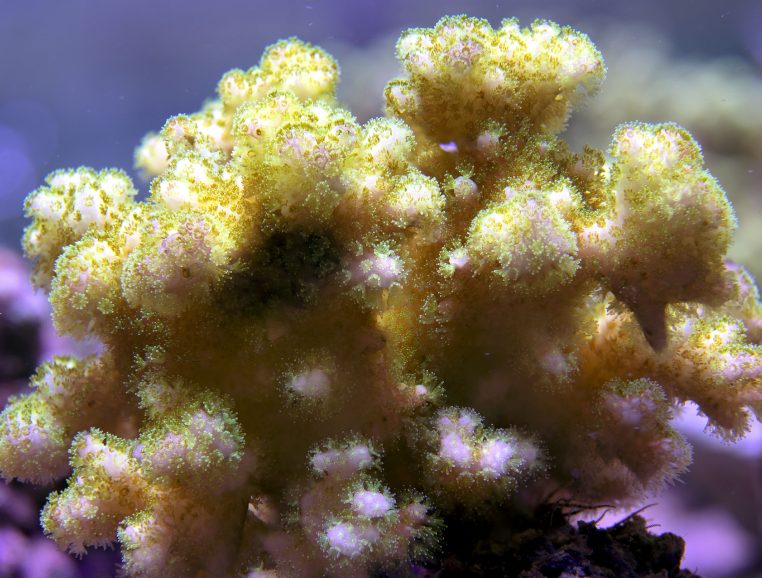
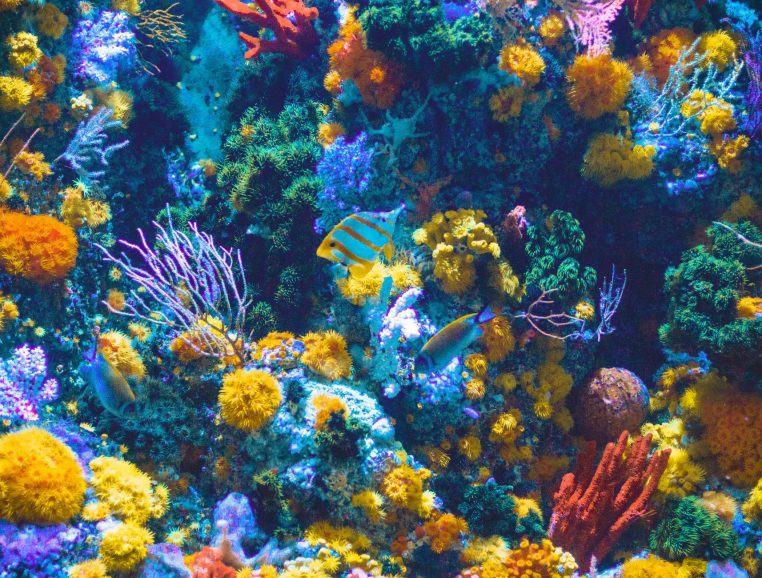
Coral, the new program of the Oceanographic Institute
After turtles, sharks, jellyfish, the deep sea and the Mediterranean Sea, the Oceanographic Institute has chosen coral reefs as its new thematic programme.
Several events will punctuate a year 2020 largely devoted to these ecosystems as splendid as fragile. The book ” Coral, a treasure to be preserved “, the photographic exhibition of David Doubilet, “IMMERSION”, the sensational exhibition to be seen from June 2020 at the Oceanographic Museum, a thematic tour with a highlight the Aquarium revisited in the colours of coral, the pool of fluorescent corals, animations for the general public, scientific or general public events, projections…
How do Corals reproduce?
Why are corals important?
Corals (more than 1600 species) participate in the formation of the most important and complex ecosystems on the planet: the coral reefs which are home to thousands of algae, more than 4000 species of fish and thousands of other animals.
True oases of life, coral reefs cover barely 0.2% of the oceans but are home to 30% of marine biodiversity! Their ecosystems provide direct sustenance to 500 million people worldwide through fishing, and the reefs protect the coastline more effectively than any man-made structure from swells and tsunamis.
They are a major tourist attraction and generate a significant part of the economic income of the tropical regions where they are found. Australia, Indonesia, the Philippines, more than a hundred countries benefit from this “reef tourism”. Finally, reefs offer promising medical prospects, with the study of cell aging or the supply of new molecules for human or animal health.
Coral bleaching or bleaching of coral?
We are talking about coral bleaching (and teeth whitening)! Coral bleaching is due to the expulsion of symbiotic algae that live in their tissues, revealing the white calcareous skeleton.
This stress is caused either by bacteria or viruses (the corals are then sick) or by pollutants, or by the rise in temperature of the sea water.
It is this last point that worries climate specialists. According to the special report “The Ocean and Cryosphere in the Face of Climate Change” published by the Intergovernmental Panel on Climate Change (IPCC) in September 2019, the ocean has absorbed more than 90% of the heat accumulated in the atmosphere by the greenhouse effect since the industrial revolution!
Marine heat waves (comparable to our terrestrial heat waves) are likely to become 20 times more frequent even if the increase in atmospheric temperature is maintained at 2°C.
These heat waves are harmful to coral reefs, 90% of which are likely to disappear.
Is there coral in the Mediterranean?
Corals do not only live in tropical seas. Under the name coral, we find different species, some of which live in the Mediterranean. In particular the famous red coral, the one whose skeleton is used to make magnificent jewellery.
Corals belong to the large family of Cnidaria, which includes marine invertebrates that have stinging cells such as jellyfish, gorgonians and sea anemones.
Corals live alone or in colonies. A distinction is made between hard corals (Scleractinians), which include reef-building corals, and soft corals, which do not have a skeleton. Both categories are found in the Mediterranean.
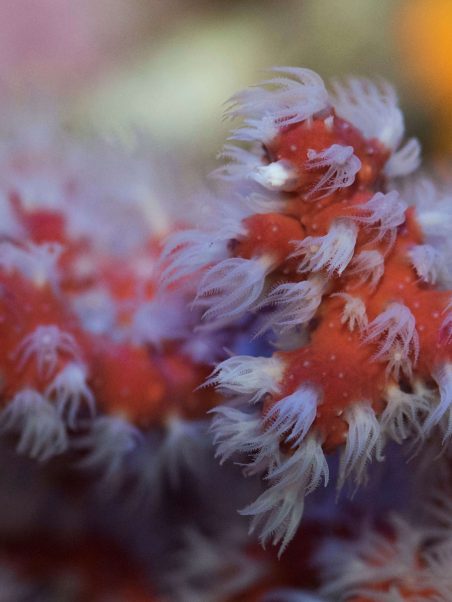
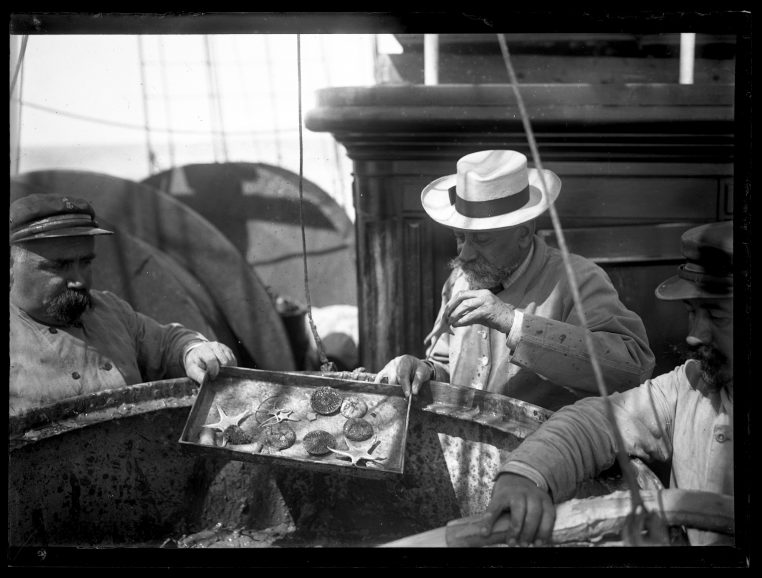
What is Monaco doing for the corals?
Various institutions involved in the knowledge and protection of the oceans (Oceanographic Institute, Scientific Centre of Monaco, Prince Albert II Foundation, Explorations de Monaco) have combined forces to raise public awareness and act in favour of the survival of coral reefs. High-level scientific research, organization of conferences, political influence, media mobilization, funding of NGO projects…
The Oceanographic Museum of Monaco, created by Prince Albert I of Monaco (1848-1922), whose mission is to “make the oceans known, loved and protected”, houses one of the oldest aquariums in the world. It was at the end of the 1980s that the aquarium’s teams, accompanied by Professor Jean Jaubert, perfected the maintenance and reproduction of corals outside their natural environment.
Coral: the Institute's program
- — 2020/2022
Monaco at the initiative of the World Coral Conservatory
What if the major crisis in the natural environment causes many coral species to disappear? In response to this threat, the Scientific Centre of Monaco and the Oceanographic Museum have decided to create a World Coral Conservatory to preserve the strains of many species of coral in aquariums before re-implanting them in devastated areas.
Today, less than 200 species of corals are grown in aquariums around the world. The objective, within 5 years, is to protect 1000 species of corals, i.e. two thirds of the existing species. These naturally occurring corals will be cultivated and distributed to the world’s largest aquariums and research centres. The Oceanographic Museum of Monaco coordinates this network of coral exchanges for reef restoration.
The Institute's Coral Fact Sheets
Thematic sheets of popularization realized for you by the best experts…







